#artist is giorgio vasari
Explore tagged Tumblr posts
Text
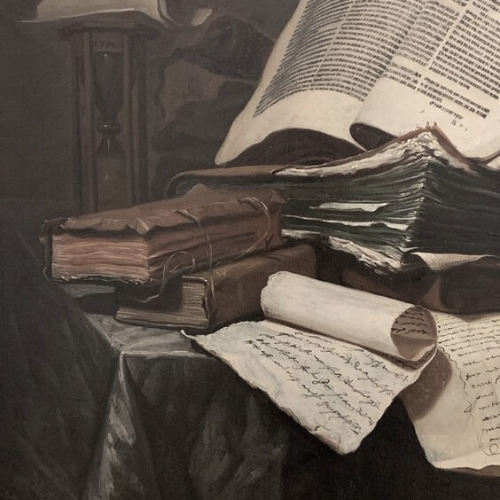





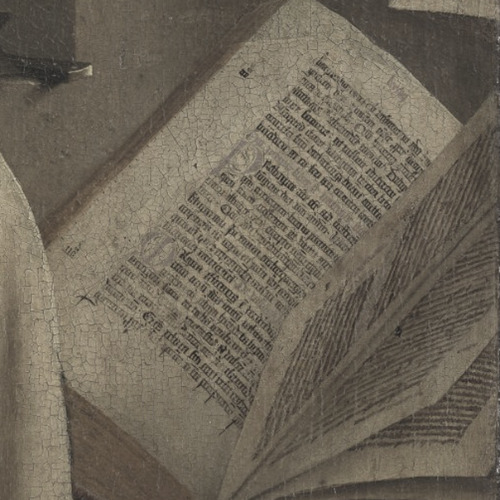
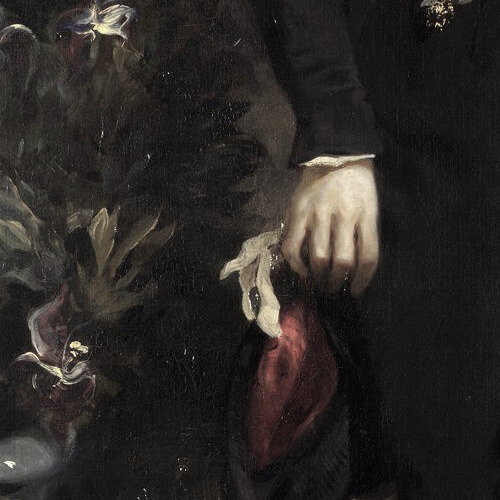
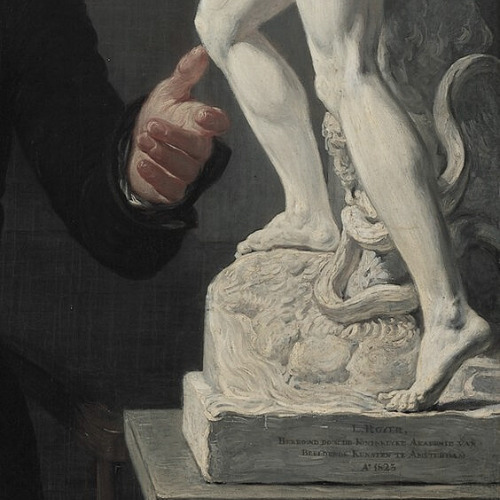
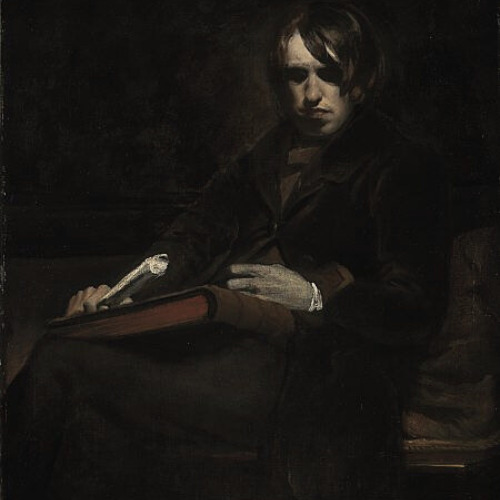

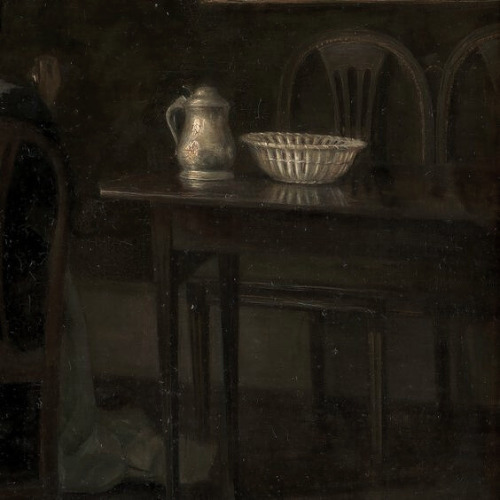
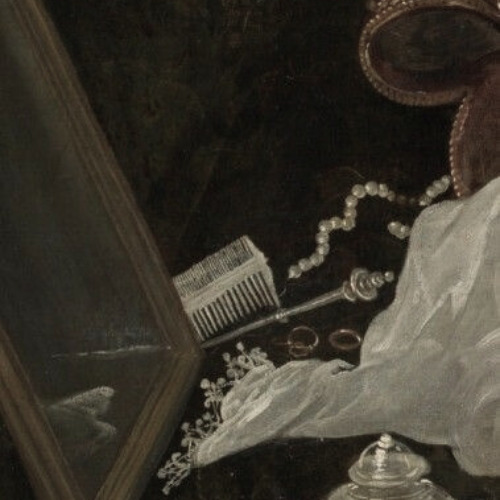


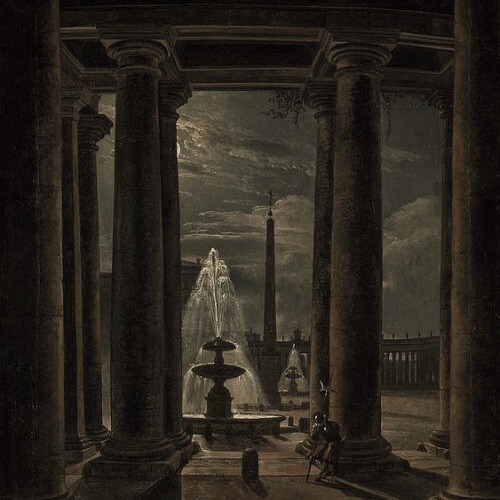
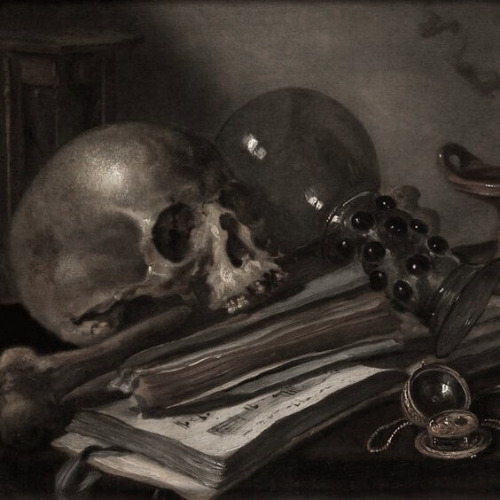
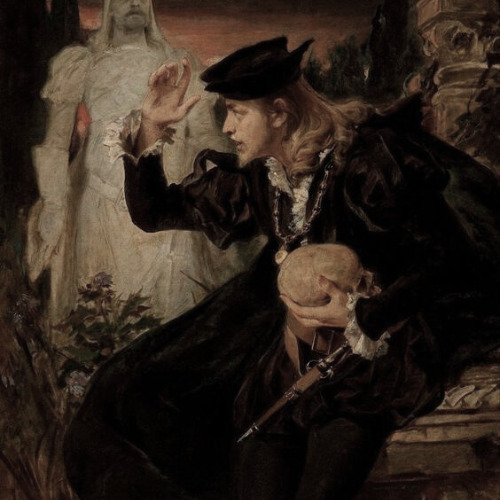
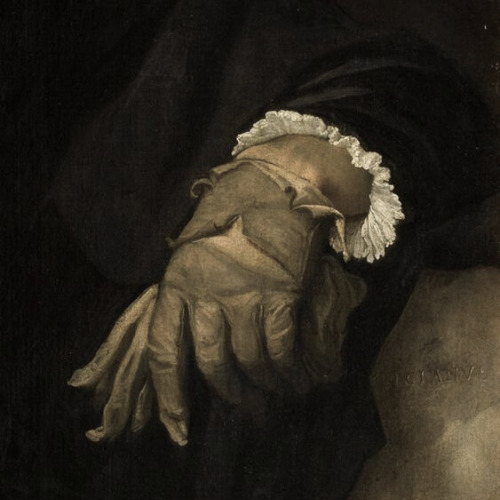

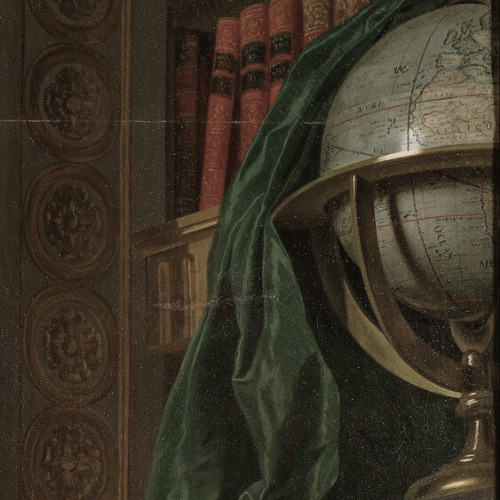



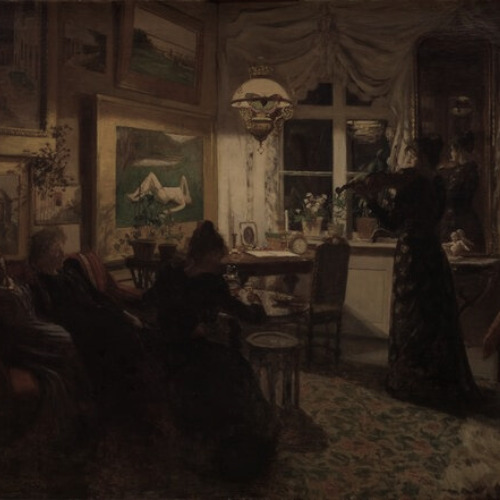
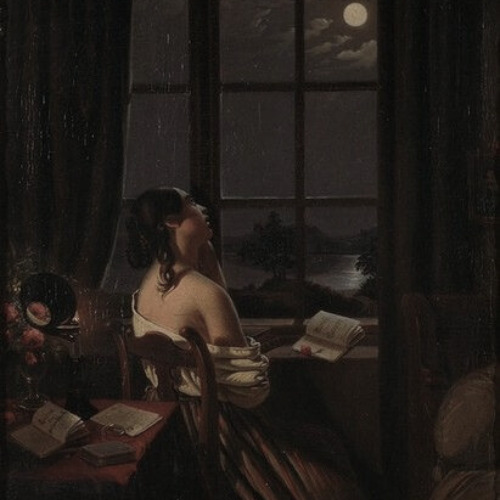


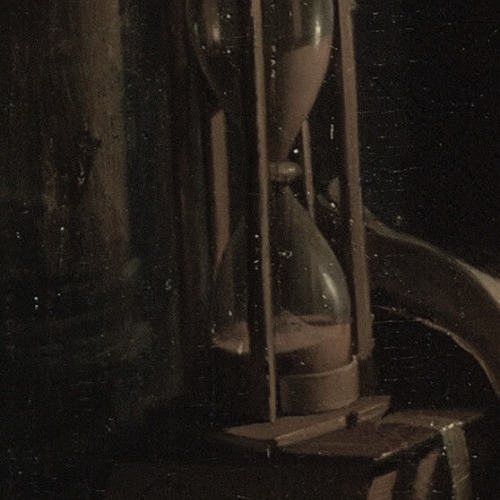

art aesthetics: dark acadmia
#cant find artist#artist is gerrit dou#artist is paul fischer#artist is james carroll beckwith#artist is sir anthony van dyck#artist is nicolas regnier#artist is hubert and jan van eyck#artist is eugene delacroix#artist is jan willem pieneman#artist is sir william fettes douglas#artist is wilhelm bendz#artist is carl holsoe#artist is jacopo tintoretto#artist is thomas wyck#artist is lindsay bernard hall#artist is franz ludwig catel#artist is pieter claesz#artist is pedro americo#artist is titian#artist is giorgio vasari#artist is alexander roslin#artist is jusepe de ribera#artist is anne francoise couloumy#-artist is carl holsoe#artist is anna petersen#artist is peter hasenclever#artist is irving ramsey wiles#artist is georges de la tour#artist is unknown-#art aesthetics
501 notes
·
View notes
Text



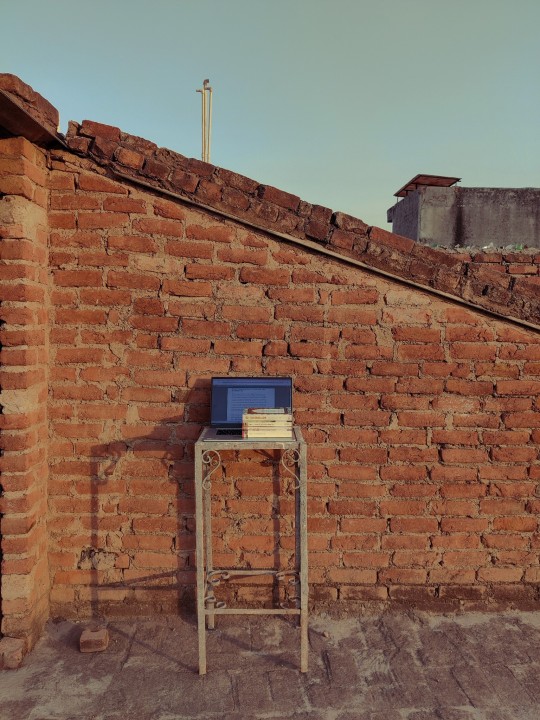
— red blue dilapidated study space — ⋆˙
#orientalism#edward said#symposium#plato#a portrait of the artist as a young man#james joyce#the lives of the artists#giorgio vasari#the undercommons#stefano harney#fred moten#critical theory#studyblr#booklr#studyinspo#study space#dark academia#light academia#dark academia aesthetic#light academia aesthetic#vintage#study blog#book blog#reading list#mine
151 notes
·
View notes
Text

Saint George and the Dragon
Giorgio Vasari
ca. 1560
43 notes
·
View notes
Text
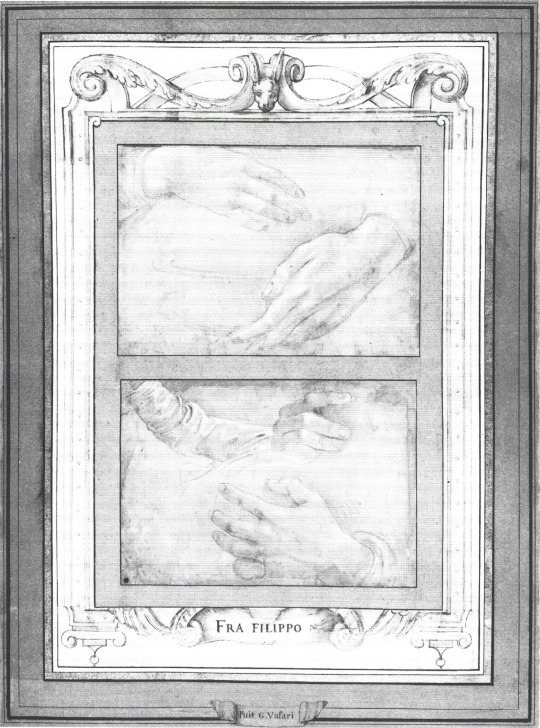
From Giorgio Vasari's Libro de' Disegni (Book of Drawings)
#my scan#drawing#art#art history#history#italian history#italian artist#renaissance#renaissance period#vasari#giorgio vasari#architecture#renaissance painter#architect#draw#pencil#hands#my scans#artists#artwork#scanned#sourced
21 notes
·
View notes
Text

The Miracles of Prophet Elisha
Artist: Giorgio Vasari (Italian, 1511-1574)
Date: c. 1566
Medium: Oil on Wood
Collection: Galleria degli Uffizi, Florence
Description
This composition is a typical example of a painting for private worship, a genre that was popular with Vasari. The subject is a scene from the life of the Prophet Elisha, who during famine saved his people making edible wild herbs. Elisha is one of the biblical prophets whose miracles prefigured those of Christ. A man in the middle ground carries a basket, because Elisha miraculously multiplied the available food.
In spite of the modest size of the work, the artist insists on elaborating a composition of great complexity and refinement, characteristics which would reappear in the profane paintings of the Studiolo executed thirty years later.
Death in the Pot | 2 Kings 4: 38-41, NIV
Elisha returned to Gilgal and there was a famine in that region. While the company of the prophets was meeting with him, he said to his servant, “Put on the large pot and cook some stew for these prophets.”
One of them went out into the fields to gather herbs and found a wild vine and picked as many of its gourds as his garment could hold. When he returned, he cut them up into the pot of stew, though no one knew what they were. The stew was poured out for the men, but as they began to eat it, they cried out, “Man of God, there is death in the pot!” And they could not eat it.
Elisha said, “Get some flour.” He put it into the pot and said, “Serve it to the people to eat.” And there was nothing harmful in the pot.
#painting#prophet elisha#christianity#old testament#giorgio vasari#holy bible#bible story#oil on wood#bible miracles#faine#food#israel#men#distant landscape#steps#italian painter#european art#table#pots#stew#book of 2 kings#christian art
36 notes
·
View notes
Text

The Birth of Venus (1483-1485) 🎨 Sandro Botticelli 🏛️ Uffizi Gallery 📍 Florence, Italy
The painting was commissioned by Lorenzo di Pierfrancesco de’Medici, a cousin of Lorenzo the Magnificent. The theme was probably suggested by the humanist Poliziano. It depicts Venus born from the sea foam, blown by the west wind, Zephyr, and the nymph, Chloris, towards one of the Horai, who prepares to dress her with a flowered mantle.
This universal icon of Western painting was probably painted around 1484 for the villa of Castello owned by Lorenzo di Pierfrancesco de 'Medici. Giorgio Vasari saw the work there in the mid-sixteenth century – along with Botticelli’s other well-known Primavera – and described it precisely as "showing the Birth of Venus." The old idea that the two Botticelli masterpieces were created for the same occasion, in spite of their substantial technical and stylistic diversity, is no longer accepted. However, rather than a birth, what we see is the goddess landing on the shore of her homeland, the island of Cyprus, or on Kithera. The theme, which can be traced back to Homer and to Ovid’s Metamophoses, was also celebrated by the great humanist Agnolo Poliziano in the poetic verses of his Stanze. The Venus of the Uffizi is of the “Venus pudica” type, whose right breast is covered by her right hand and billowing long blond hair partially shrouds her body. The goddess stands upright on a shell as she is driven towards the shore by the breeze of Zephyrus, a wind god, who is holding the nymph, Chloris. On the right is the Hora of springtime, who waits to greet Venus ashore with a cloak covered in pink flowers.
The seascape, stunning for its metaphysical tone and almost unreal quality, is illuminated by a very soft, delicate light. Like Botticelli’s other masterpiece, Pallas and the Centaur, the Birth of Venus is painted on canvas - fairly unusual for its time - using a technique of thin tempera, based on the use of diluted egg yolk, which lends itself particularly well to give the painting that aspect of extraordinary transparency, which brings to mind the pictorial quality of a fresco. The figure recalls classical sculpture and is very similar to the famous Medici Venus found in the Uffizi, which the artist certainly knew. The real meaning of this dreamlike vision is still under scholarly debate and investigation but is undoubtedly linked with the Neo-Platonic philosophy, widely cultivated in the Medici court.
Like the Primavera, the Birth of Venus is also associated with the concept of Humanitas,or virtuous Humanity, a theory developed by Marsilio Ficino in a letter to the young Lorenzo. According to the interpretation by Ernst Gombrich, the work depicts the symbolic fusion of Spirit and Matter, the harmonious interaction of Idea and Nature. Nevertheless, the interpretations of this painting of extraordinary visual impact are numerous and diverse. The divine ethereal figure has been viewed as an allegorical representation of Humanitas upon her arrival to Florence, while the nymph holding out the cloak of flowers for the goddess may perhaps be identified as Flora, the same depicted in this masterpiece’s “twin”, the Primavera, where she may be seen instead as the personification of the city of Florence. From this work emerges clear evidence of Botticell’s strive to reach perfection of form that could rival with classical antiquity. It is for this reason that the humanist Ugolino Verino in his work Epigrammata, presented in 1485 to the King of Hungary, Matthias Corvinus, likened the Florentine painter to the legendary Apelles of Ancient Greece.
#The birth of Venus#Sandro Botticelli#Le Gallerie Degli Uffizi#Uffizi Gallery#Florence#Italy#La nascita di Venere#painting#tempera on panel#art#artwork#art history#Early Renaissance#Italian Renaissance#1483#1484#1485#italian#Renaissance
41 notes
·
View notes
Text
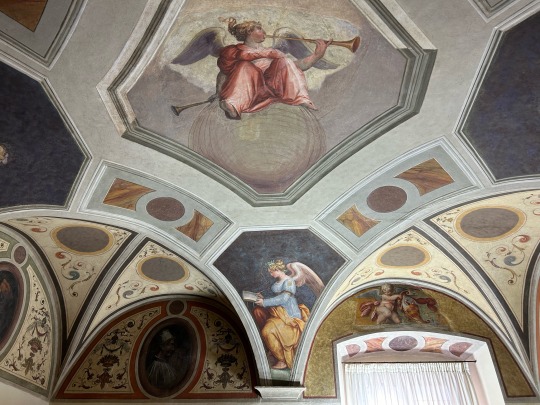

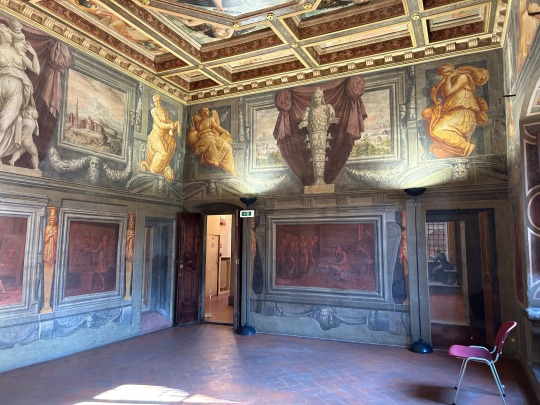
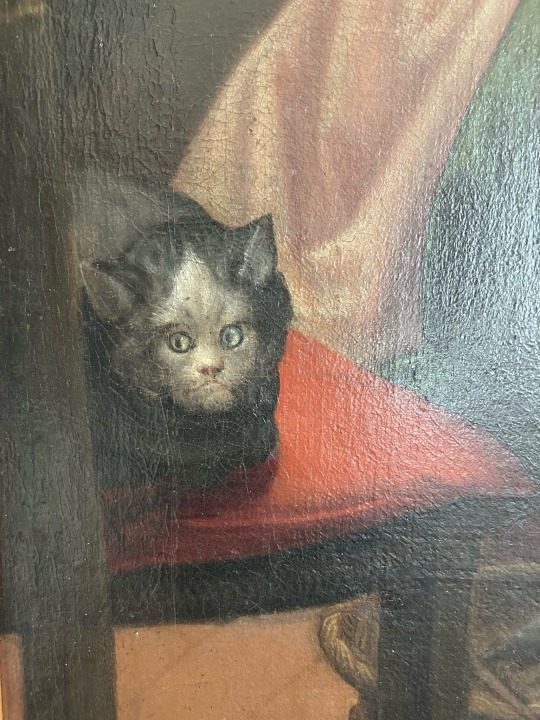
House of the Renaissance artist Giorgio Vasari. He decorated his own house. Arezzo, Italy.
March 20, 2024
#travel#giorgio vasari#Vasari#architecture#Arezzo#Italy#Italia#house#old house#interior design#original photography#iphonography#photographers on tumblr#photography#lensblr#renaissance#art history#historical architecture#cats of tumblr#cat#wanderingjana
62 notes
·
View notes
Text

Andrea Odoni
Artist: Lorenzo Lotto (Italian, c. 1480-1556)
Date: 1527
Medium: Oil on canvas
Collection: Royal Collection Trust, London, United KIngdom
Description
This portrait of the successful Venetian merchant Andrea Odoni (1488-1545) is one of the most innovative and dynamic portraits of the Italian Renaissance by Lorenzo Lotto, recently returned to Venice after thirteen years in Bergamo and anxious to impress possible patrons in Venice. The Venetian collector holds in one hand a statuette of Diana of Ephesus, symbol of nature and idolatry, and with the other he clasps a cross to his chest. One of several interpretations of this gesture is that Christianity takes precedence over nature and the pagan gods of antiquity.
The portrait has aptly been described as one of the finest and most ambitious of all of Lotto's portraits and a deliberate challenge to Titian's supremacy in the field. The portrait was recorded in the owner's bedroom in his house on the Fondamenta del Gaffero by Marcantonio Michiel when he visited the collection in 1532. Giorgio Vasari mentions the portrait 'che è molto bello', which he must have seen when he visited Venice ten years later. The painting was also included in the 1555 inventory of his brother and heir, Alvise Odoni.
The son of a wealthy recent Milanese immigrant to the city, Andrea Odoni was an important member of the cittadini. He built upon the collection which he had inherited from his uncle, Francesco Zio, to become a renowned collector of paintings, sculpture, antique vases, coins, gems and natural history specimens. This portrait was hung in Odoni's bedroom alongside The Virgin and Child with the Infant St John and a Female Saint or Donor, now in the National Gallery, London. The house also contained an unusual combination of ancient and modern statuary, with 'mutilated and lacerated antique marble heads and other figures'. Pietro Aretino (the poet and satirist) wrote to Odoni (in a letter of 1538) that he had recreated Rome in Venice, though elsewhere he describes the splendours of the house in a tone that suggests it overstepped the boundaries of Venetian decorum. Giorgio Vasari called Odoni's house 'a friendly haven for men of talent'.
#portrait#oil on canvas#italian culture#man#half length#venetian merchant#venetian collector#table#statue of diana#cross#costume#sculptures#marble head#italian art#fine art#oil painting#artwork#italian painter#lorenzo lotto#european art#16th century painting#royal collection trust
14 notes
·
View notes
Text

GHIRLANDAIO, HUMANISM and TRUTH
“. . . There is no more human a picture in the entire range of Quattrocento painting, whether in or out of Italy . . .” – Bernard Berenson
Among the defining characteristics of the Renaissance were humanism and naturalism.
While many Renaissance paintings and sculptures were depictions of religious or mythological themes, the spirit of the Renaissance hewed toward inquiry and realism.
In the famous Louvre Portrait of an Elderly Man and Boy by Domenico Ghirlandaio, we gaze upon a splendid example from the oeuvre of an artist who transcended painting metaphors and symbols to painting reality.
The art historian Bernard Berenson wrote of this work that “there is no more human picture in the entire range of Quattrocento painting, whether in or out of Italy.”
Domenico Ghirlandaio (Domenico di Tommaso Curradi di Doffo Bigordi, 1448–1494) was one of the most successful portrait painters of the Florentine Quattrocento.
Domenico oversaw a large and successful studio which included his brothers Davide and Benedetto, his son Ridolfo, and which trained many younger artists such as Michelangelo.
The Renaissance biographer Giorgio Vasari said of Ghirlandaio that “from his talent and the greatness and the vast number of his works, he may be called one of the most important and most excellent masters of the age. . . .”
The art historians Archibald Joseph Crowe and Giovanni Battista Cavalcaselle went on to comment that “Ghirlandaio’s life forms, like those of Giotto, one of the great landmarks in the history of Florentine art.”
Ghirlandaio depicts the face of the elderly man here with all of its faults—“warts and all.”
He presents the portrait in a naturalistic and sympathetic fashion, at variance with the physiognomic theory of the era, which maintained a connection between external appearances and internal truths.
The painting portrays an older man in a red robe, embracing a young child also wearing red. They sit in an interior, illuminated against a darkened wall. Behind them at right is a window through which can be seen a landscape, its uneven terrain and winding roads, typical of Ghirlandaio’s backgrounds.
Whereas the Renaissance view of the old man was to focus upon his “old agedness,” Ghirlandaio elevates the man’s wizened face and deformed nose to a tender moment where the elderly man and the child share a common bond—perhaps they are related, a grandfather and grandchild. In fact, the Italian name for this painting is very specific: “Ritratto di un vecchio e nipote” (Portrait of an old man and grandson (or nephew). The Italian word nipote can refer either to a grandchild or a nephew.
10 notes
·
View notes
Text

Allegory of Justice and Truth
Artist: Giorgio Vasari (Italian, 1511–1574)
Title: Italiano: Allegoria della Giustizia e della Verità
Date: 1543
Medium: Oil on Panel
Collection: Museo di Capodimonte, Naples, Italy
Description
Allegory of Justice is an oil-on-panel painting by the Italian Renaissance artist Giorgio Vasari . The painting was commissioned on 6 January 1543 by Cardinal Alessandro Farnese for the main room of the Palazzo della Cancelleria in Rome, and was executed the same year. It and the rest of the Farnese collection were later moved to Naples and it is now in the National Museum of Capodimonte.
#allegorical art#painting#allegory of justice and truth#giorgio vasari#italian painter#italian culture#oil on panel#half naked#male figures#female figures#putti#costume#helmet#arrows#doves#jewels#16th century painting#1543
15 notes
·
View notes
Text
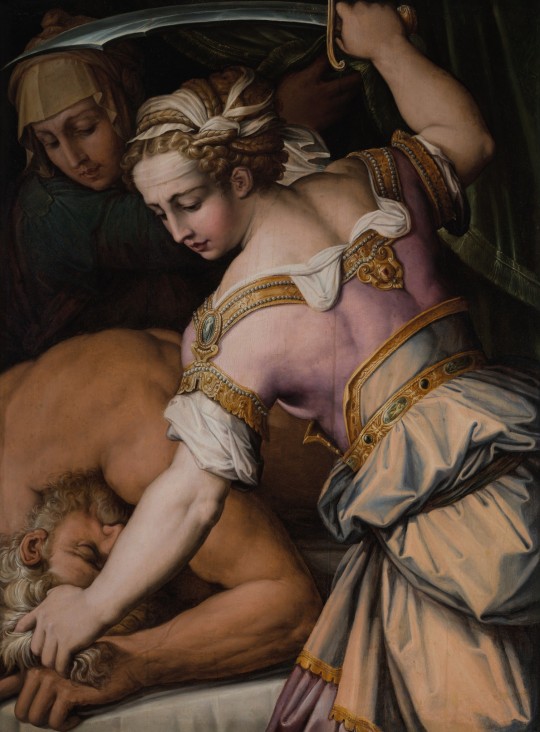
▪︎ Judith and Holofernes.
Artist: Giorgio Vasari (Italian, 1511–1574)
Date: ca. 1554
Medium: Oil on panel
#history of art#16th century art#decorative arts#16th century#art#history#16th century painting#judith and holofernes#Giorgo Vasari#ca. 1554
86 notes
·
View notes
Text

MWW Artwork of the Day (10/23/24) Michelangelo Buonarroti (Italian, 1475-1564) Copy of "Head of a Faun" (c. 1489) Marble sculpture The Metropolitan Museum of Art, New York
This is a copy of Michelangelo's first known work in marble, sculpted when he was 15 or 16 as a copy of an antique work with some minor alterations. The original has been long lost. According to Giorgio Vasari's biography of the artist, it was the creation of this work that secured the young Michelangelo the patronage of Lorenzo de' Medici.
7 notes
·
View notes
Text

Arezzo Centro Storico In the beautiful Piazza Grande in Arezzo, the multicolored covers have covered all the bricks! A wonderful event to raise funds for the fight against tumors made by artists from Arezzo Arezzo is a city in eastern Tuscany, Italy. Known as the city of gold and of the high fashion, Arezzo was home to artists and poets such as Giorgio Vasari, Guido of Arezzo and Guittone d'Arezzo and in its province to Renaissance artist Michelangelo.
Photo by: romina.cicina (IG)
9 notes
·
View notes
Text

From Giorgio Vasari's Libro de' Disegni (Book of Drawings)
#my scans#my scan#Giorgio Vasari#art#artist#art history#italian artist#italian architect#draw#drawing#history#italian history#renaissance#renaissance period#vasari
6 notes
·
View notes
Text

Mona Lisa (1503-1517) 🎨 Leonardo da Vinci 🏛️ The Louvre 📍 Paris, France
One of the most iconic and recognizable paintings in the world is the Mona Lisa (ca. 1503-1519) painted by Leonardo da Vinci. The unique appeal of the portrait lies in its enigmatic nature, Mona Lisa’s smile radiates mystery, sensuality and contentment. This was achieved through sfumato, Leonardo’s painting technique that softened the transition between colors. This depth and complexity of expression is the reason the Mona Lisa is regarded as the pinnacle of portraiture. The interest in the portrait was further amplified by its mysterious history: the identity of the sitter, who commissioned the painting, how long Leonardo worked on the portrait and how it entered the French royal collection are all topics of scholarly debate.
It is thought that the sitter was Lisa del Giocondo, the wife of a wealthy Florentine merchant Francesco del Giocondo. For this reason, the painting is sometimes called La Gioconda. The earliest identification of the painting was provided by the Renaissance art historian Giorgio Vasari. In Vasari’s 1550 biography of Leonardo, he wrote about the magnificent portrait of Lisa del Giocondo, which Leonardo worked on between 1503 and 1506. Many were skeptical of Vasari’s account; however, a 2005 discovery at the University of Heidelberg provided compelling new evidence that confirms Vasari’s assertion. In a volume written by the ancient philosopher Cicero from 1477, there was a handwritten marginal by Leonardo’s contemporary, the secretary and assistant to Niccolò Machiavelli, Agostino Vespucci. In the note dated October 1503, Vespucci praises Leonardo’s skill by comparing him to the Greek and painter Apelles, and states that Leonardo is working on a portrait of Lisa del Giacondo.
The Mona Lisa was the earliest example in Italian portraiture that portrayed the sitter in a half-length format. Leonardo presented a new artistic formula: the figure is shown at half-length sitting in armchair in front of a loggia - a gallery or room with one or more open sides. The incorporation of the loggia allowed Leonardo to present an imaginary landscape as the backdrop of the portrait. This significant innovation influenced Leonardo contemporaries: Raphael adopted the composition and pose in his portrait Young Woman with Unicorn (ca. 1506). Still it is important to note that Leonardo was indebted to Flemish portraiture of the second half of the 15th century, particularly the portraits of Hans Memling such as Portrait of Barbara van Vlaendenbergh (ca. 1470-1472) and Man with a Roman coin (ca. 1480).
Leonardo spent his final years in France, where his patron the King of France, Francis I, purchased Mona Lisa for the royal French collection. From 1797, the portrait is on permanent display at the Louvre and is the crown jewel of the museum collection. On the morning of August 22 1911, Louvre employees were shocked to discover that the painting was stolen the previous night. Two years later, Louvre employee Vincenzo Peruggia was identified as the thief. Peruggia claimed his motives were patriotic: he believed Leonardo’s masterpiece belonged in Italy and was caught trying to sell the painting in Florence. After its discovery, the Mona Lisa was exhibited throughout Italy before its celebratory return to the Louvre in 1914.
#Mona Lisa#Leonardo da Vinci#Musée du Louvre#the Louvre#Paris#France#painting#oil on poplar panel#oil on panel#Gioconda#Monna Lisa#High Renaissance#1503#1504#1505#1506#portrait#italian
6 notes
·
View notes
Text
tagged by @where-the-water-flows hii thank you
last song: ice nine kills - stabbing in the dark.
fave color: blue.
last book: giorgio vasari's the lives of the artists (i am writing my master's degree).
last movie: american psycho.
last tv show: when the phone rings.
sweet/savory/spicy: i love savory things the most, but i never say no to a good chocolate bar.
relationship status: why the fuck do i like men?
last thing i googled: how to make bignè.
current obsession: xiao shunyao has bewitched me body and soul. (let's be honest, are we really over MLC?).
looking forward to: all i am thinking about know is getting my master's degree, but receiving a bit of love wouldn't be bad. NAAAH FUCK THAT ALL I WANT IS TO LEARN MANDARIN. AND ALL THE OTHER LANGUAGES IN THE WORLD.
no pressure tagging: @homiehopper4life @busarewski @thesilversun @omgpurplefattie
3 notes
·
View notes